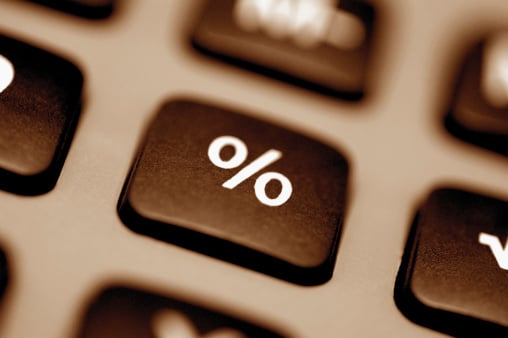Something unusual happened on the week in which many investors took off and may not have even looked at their investments. While the Dow Jones Industrial Average and the S&P 500 Index hit new all-time highs on Thursday, we now have long-term bond yields challenging their highest levels since summer of 2011. Source: Thinkstock
Source: Thinkstock
The 10-year Treasury note yield challenged 3.01% on Friday morning. Breaking the 3% mark is a psychological hit because it implies that the era of super-low interest rates is finally coming to an end. Before you rush into a hyperinflationary mind-set, you might first want to simply consider that maybe interest rates will only be returning to somewhat normalized levels.
Another big change to watch is that the 30-year Treasury bond yield is on its way to 4%. This was at 3.93% on Friday morning.
Earlier in December, we signaled that the rising interest rate environment might not be as bad for municipal bonds and junk bonds. The relative spreads there can tighten and tighten, because that is often what happens when the economy improves. The composite junk bond spread at the start of December was 460 basis points. Now that spread is down to 433 basis points. That means that junk values are holding firm even if Treasury note values are falling due to rising interest rates.
It is important to remember that rising Treasury yields go hand in hand with falling bond prices. That is always true for Treasury securities because they are the benchmark. That being said, some aspects of the bond market (munis and junk bonds) may have already seen their prices drop to the point that the rise in interest rates could be mostly reflected, as long the rise in rates does not get out of hand.
Either way, a 3% yield on the 10-Year Treasury and a 4% yield on the 30-year Treasury will start to catch some eyebrows. This becomes particularly complicated when the Federal Reserve signaled that interest rates would likely remain unusually low for an extended period. How long does an extended period go?
We already warned about the Fed’s balance sheet clearly going over $4 trillion. That is another story, but one piece of a very big game of keeps.
Sponsored: Want to Retire Early? Here’s a Great First Step
Want retirement to come a few years earlier than you’d planned? Or are you ready to retire now, but want an extra set of eyes on your finances?
Now you can speak with up to 3 financial experts in your area for FREE. By simply clicking here you can begin to match with financial professionals who can help you build your plan to retire early. And the best part? The first conversation with them is free.
Click here to match with up to 3 financial pros who would be excited to help you make financial decisions.
Thank you for reading! Have some feedback for us?
Contact the 24/7 Wall St. editorial team.



